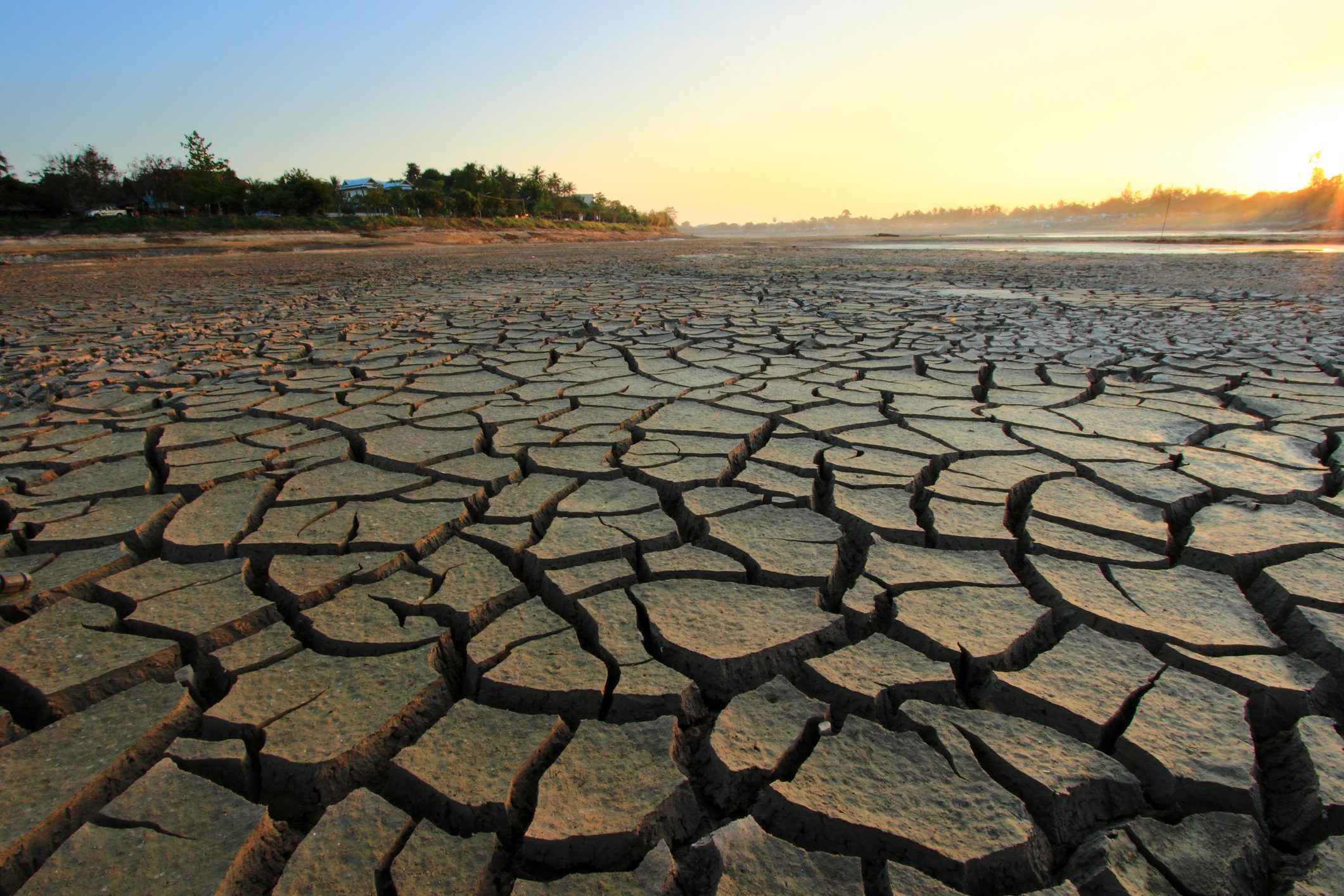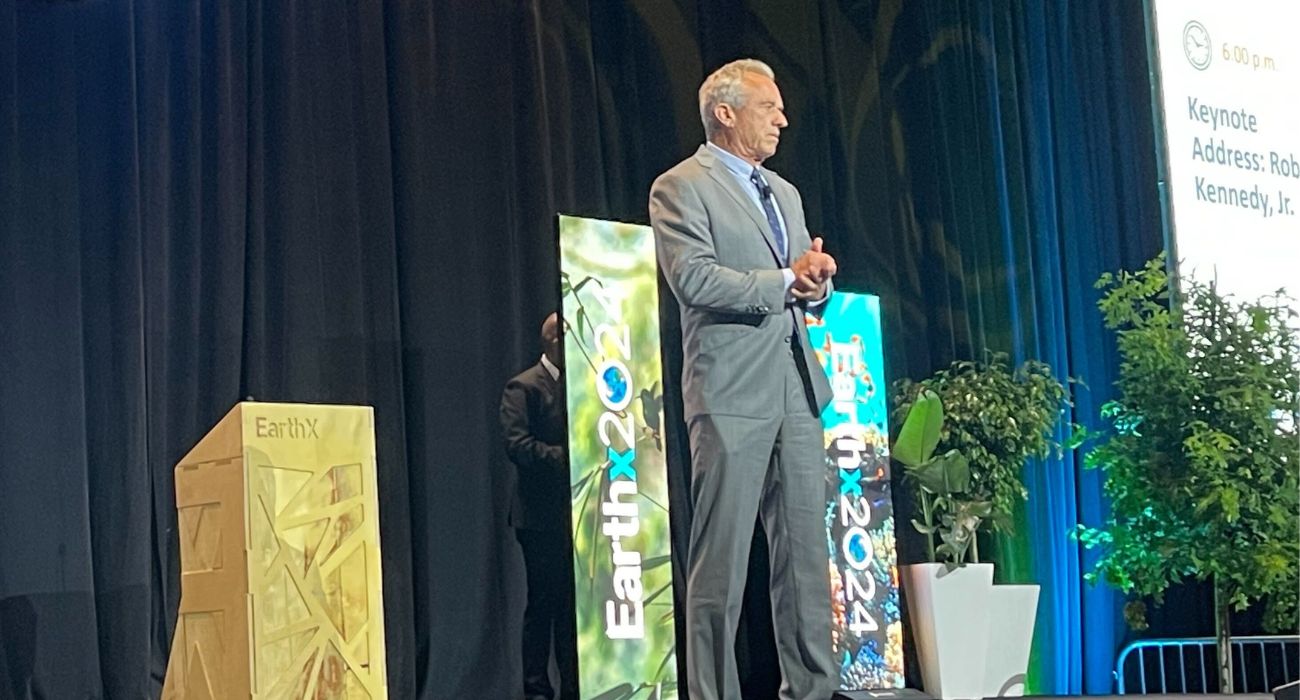As Texas records another dry year, the future for North Texas agriculture and lifestyle is potentially perilous.
The U.S. Drought Monitor reports that a staggering 96% of the state is experiencing “abnormally dry conditions,” with large portions of North Texas being under “extreme drought.”
Summarized within the same report, 71% of Texas’ winter wheat was rated very poor to poor. Due to the dryer weather conditions, consequences typically include lower crop yields, supplemental livestock feeding, and the increased threat of wildfires.
Texas State Climatologist John Neilson-Gammon is at the forefront of the drought research. The Texas Standard reports Neilson-Gammon noting that the warmest Texas December since 1889 was recorded in 2021. “Having the high temperatures [in December, 2021] means that whatever moisture there was, was able to evaporate more rapidly. So that’s a problem right now for winter wheat, it’s a problem for ranchers, and it could well be a problem for farmers with spring crops.”
Neilson-Gammon explained that with rising temperatures, the planting season for crops such as wheat may have to commence sooner.
Earlier planting times will push the window further into the dry season, creating an unfortunate paradox for farmers: “In the long run, we’re seeing a shift in the growing season, so that can actually start a bit earlier. It also means that the growing season ends earlier with the heat of the summertime. So depending on the crop, you really have to be careful about the best time to put it in the ground; and, unfortunately, you also need moisture to do that.”
Calvin Trostle, who serves as an agronomist for the Texas A&M AgriLife Extension Service stopped waiting for moisture and matter-of-factly told The Texas Standard: “I ended up not harvesting [his dryland winter wheat crop]. We were waiting, hoping that maybe we could, but then the weeds came and it was just a mess. If we could have, the yield would have been in the upper single digits.”






